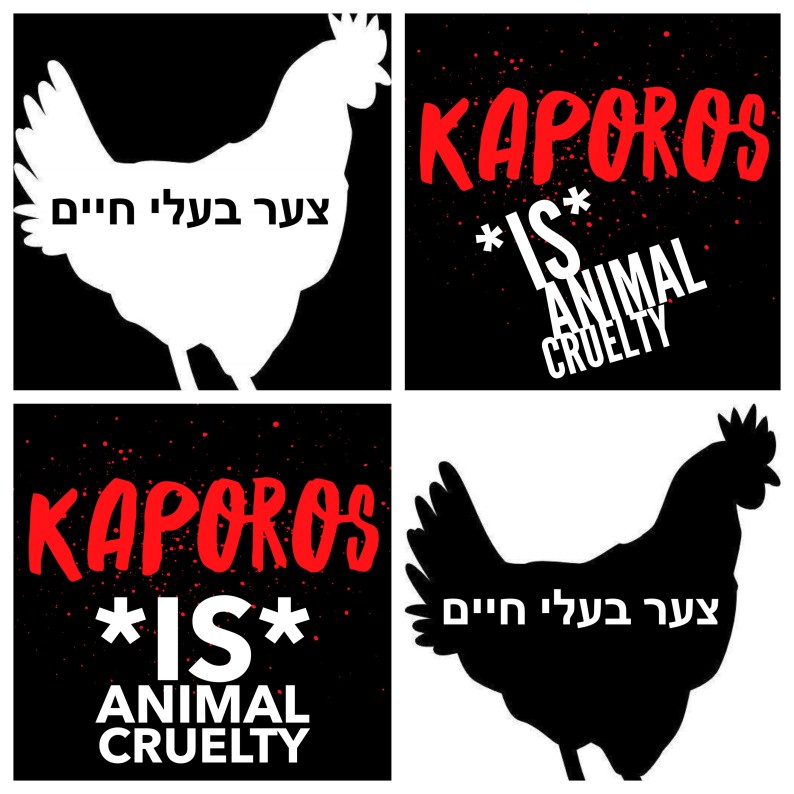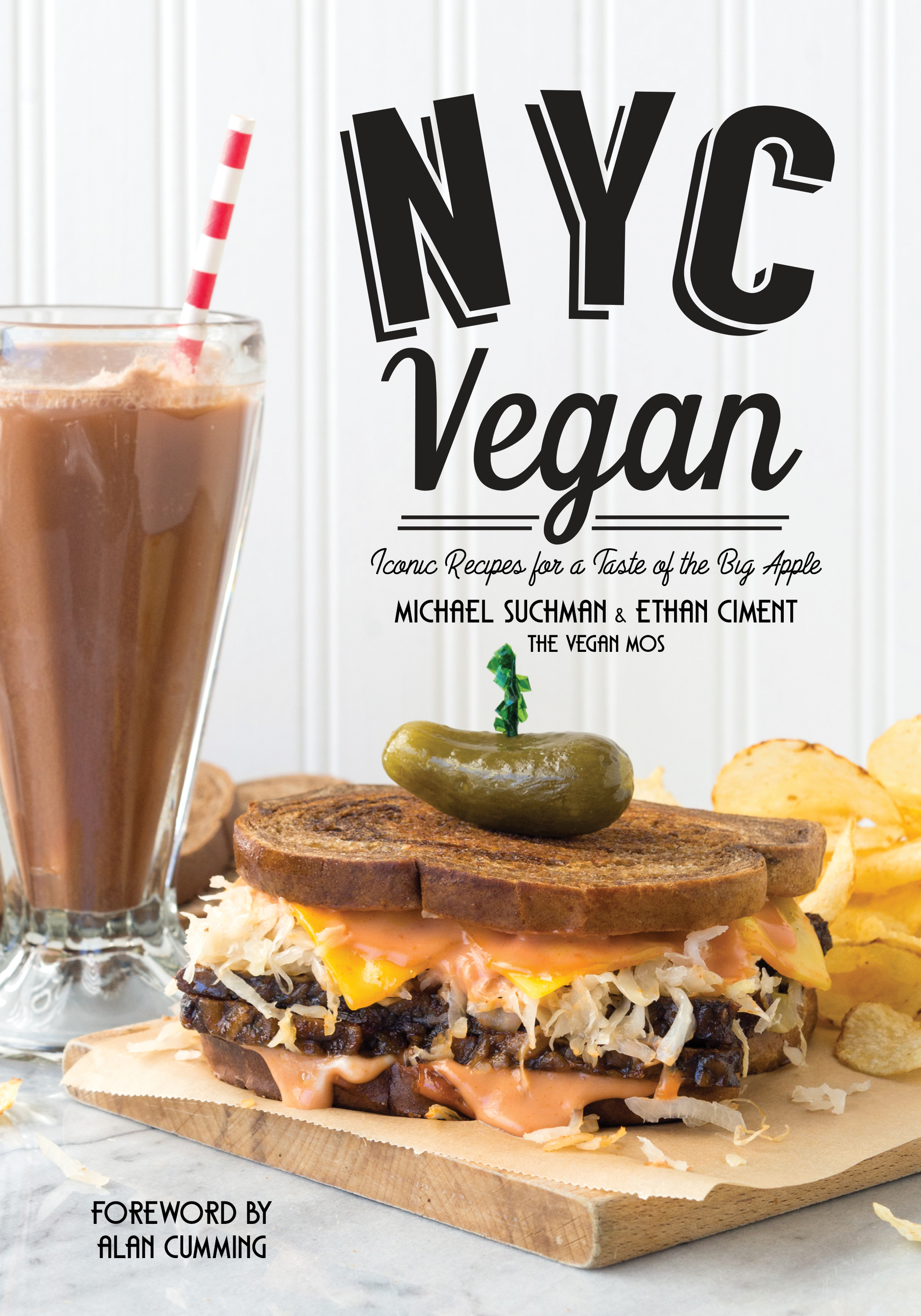The week between Rosh Hashanah and Yom Kippur, known as the Ten Days of Repentance, is a period of time when Jews rededicate ourselves to being better people, correcting course in the ways we’ve strayed, and asking for forgiveness for our sins. There are symbolic ceremonies that are conducted during this time. One of them is Tashlich. Literally translated as “casting off”, the Tashlich ritual is one where we symbolically cast off our sins, symbolized in a small piece of bread or some other food item, as we toss it into a body of flowing water. Usually celebrated on the second day of Rosh Hashanah, this ritual can be done any time between Rosh Hashanah and Yom Kippur.
Another such ritual is Kaporos. Literally translated as “atonements”, this ritual dates back to the 7th Century. There were many rabbinic scholars who opposed the adoption of this custom into Judaism, but the tradition of this ritual survived nevertheless. Kaporos is usually performed in the afternoon of Yom Kippur Eve. Historically, this ritual involved preparing items to donate to the poor for their pre-fast, Yom Kippur eve meal. Once prepared, two biblical passages from the book of Psalms are recited, then these prepared items are symbolically waved over one’s head three times, a short declaration is made and the ritual is done. Kaporos quickly evolved to become a tradition by which a live chicken was used to become the “prepared item” and the chicken is used as a vehicle for transference of one’s sins: after reciting the psalms, the live chicken is waved in the air above one’s head three times and then the person performing the ritual declares (in Hebrew) “This is my exchange, this is my substitute, this is my atonement. This rooster (hen) will go to its death, while I will enter and proceed to a good long life and to peace.” Then, the chicken is slaughtered immediately, de-feathered and butchered, and it’s corpse is donated to the poor and hungry.
I grew up in an Orthodox Jewish family and community. When I was a child, I would go to synagogue with my father on the afternoon of Yom Kippur eve and we would perform Kaporos, but like the overwhelming majority of Jews in the world today, no chickens were used in the performance of this symbolic ritual. Instead of a chicken, we used money. We would donate money to a charitable collection, then lift up ceremonial coins, wave them over our head three times after reciting the psalms and declare in Hebrew, “This is my exchange, this is my substitute, this is my atonement. This money will go to charity, while I will enter and proceed to a good long life and to peace.” I recall as a young child my father telling me that when he was a child, he went with his grandfather to perform Kaporos where his grandfather performed it with a live chicken. He described the gruesome scene to my brother and me, conveying to us a sense that this was something people did “back then” with the inference that we’ve evolved past this more primitive level of observance of the ritual. Learning this history of Kaporos as a child, it seemed particularly odd and contradictory to me that anyone would actually eat the flesh of a Kaporos chicken. After all, there was a declaration that one’s sins were being transferred to this chicken, who was then sentenced to die for and with those sins, in place of the person performing the ritual. To consume the flesh of a Kaporos chicken would be to consume the sins attached to it. Even as a child, Tashlich made more sense to me in that, once the sins were transferred to the pieces of bread, they were thrown away and cast off into the river.
Sadly, there are many ultra-Orthodox Jews around the world today who insist that this ritual must be performed with live chickens. In my own neighborhood in Williamsburg, Brooklyn, you can see this on display each night between Rosh Hashanah and Yom Kippur. I avoided attending the protests for this ritual for a number of years, not wanting to witness the barbarism. But after many years of feeling conflicted, my desire for activism won out and I decided to bear witness and protest. The scene was horrific: stacked crates of live baby chickens- just weeks old, still peeping a young poults do. They were packed so tightly into shallow crates that they could not stand up, stretch their wings or move around. After days of confinement, immobility and neglect, the chickens were crying out in pain. Like all virtually all chickens who are transported for mass slaughter, they had not been fed nor were they given water. They languished all day out in the hot sun and then shivered as they were exposed to the cold autumn night air. They were urinating and defecating on one another, as they were stacked atop each other. It was clear that many of them were sick and injured. As is so often the case with chickens who are confined and unable to move, they begin to go mad, pecking away at the crate and often at one another, injuring each other. Each time a patron came to perform the ritual, he first paid money for the chicken, and then a young man reached into a crate and grabbed one of these baby chickens by her wings which were pulled back behind her. This was so obviously painful to each chicken and everytime it happened, the selected chick cried out in distress from being handled in such rough way. Each baby chicken resisted and fought as best she could with her small and frail body throughout the entire ritual until it ended with the Shochet (the ritual slaughterer) taking a blade to her throat, slicing it open, turning her upside down into an orange traffic cone, head down, as she slowly and fully consciously bled to her death. She resisted the entire time, flapping her wings in pain as the blood poured from her neck onto the city street as she slowly died. All of this happened out in public on the streets of Brooklyn, where a carnival-like, festive gathering of people continued around as she fought in futility to save her life.
Being confronted with the ghoulish scene of a Kaporos gathering on a cool Brooklyn night was difficult for me to bear. It was hard to witness this barbarism and equally difficult to comprehend it. In partaking in the ritual of Kaporos, we as Jews are asking God to forgive us for our sins and to show mercy and compassion on us. Yet, in using a live chicken instead of money, we are denying mercy and compassion to a helpless, innocent sentient being. As Jews, we ask God to spare us from a harsh judgment, yet we condemn these innocent baby birds to a brutal transport and confinement, a tortured existence for their final days on earth before we savagely murder them while they are fully conscious and aware of what is happening to them. Witnessing this horror, I immediately thought of the God described in Psalms (145:9) who said to be “… good to everyone. He showers his compassion on all His Creation.” Surely such a God would look down on this ritual as gratuitously cruel. Even if they are condemned to an unnecessary death, why not feed these poor babies? Why not give them water? Should they not be allowed to walk around, move, flap their wings and do the very most basic and natural behaviors? There is a strict Jewish law regarding צער בעלי חיים – T’sar Ba’alei Chayim– a prohibition regarding the infliction of suffering on a living animal. There is no sane person who would witness this spectacle and say that these animals are not suffering, deeply. Every step of Kaporos inflicts suffering on these chickens: their transport and confinement, being denied food, water and freedom to move, being swung over people’s heads, having their throats slit while conscious, and bleeding slowly to death. The Jews performing this ritual are committing the grave sin of T’sar Ba’alei Chayim, all the while asking to be forgiven for their sins.
It certainly can be argued that the mistreatment, neglect and cruelty that the billions of chickens who languish, suffer and die in the industrialized food systems around the world are, for all intents and purposes, indistinguishable from the abuse endured by Kaporos chickens. Still, the use of live baby chickens for this ritual is particularly unsavory to many Jews because it feels like a gratuitous indulgence in cruelty. It also feels particularly unsavory because the Kaporos is a Minhag and not a Mitzvah. There is an important distinction between a Mitzvah (a commandment where there is compulsory observance) and a Minhag (a ritual or custom) in Judaism. Kaporos is not a Mitzvah like fasting on Yom Kippur. Kaporos is a ritual, a custom. Customs can and do change. For the overwhelming majority of Jews in the world, this custom has long since evolved past its gratuitous animal cruelty roots. But there are those who cling to a cruel and merciless observance of this custom out of a sense of tradition and history. To the rest of us, this is in direct violation of so many core Jewish values that underscore the spirit of The Ten Days of Repentance. The Talmud instructs us that, just as God is forgiving and compassionate, so too should we emulate God’s compassion and forgiving nature. The perpetuation of torturing animals in the observance of this custom is the antithesis of this charge.




